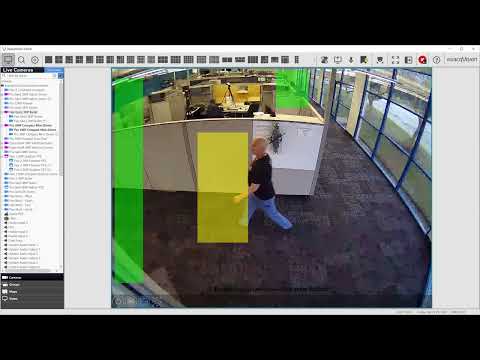Description Some users may desire to record a different resolution or frame rate from a camera when an event such as motion or an analytic is triggered. Reasons for this vary by site, but often comes down to wishing to record a lower amount of data when very little is happening, but they require high… Continue reading Recording different resolution or frame rates on event
Tag: Multistreaming
Camera Settings
Nested in the configuration tree, beneath Camera Recording, is the list of all cameras connected to the system. Clicking on any of these cameras will display the settings page for that individual camera. From here, you have access to important settings, such as the camera name, configuring the optional on-screen display (OSD), picture settings, motion… Continue reading Camera Settings
Multistreaming and Auto-Context Switching
Multistreaming Multistreaming provides the ability to display or record camera video streams at alternative settings for a number of different use cases. Examples include: NOTE: Multistreaming is not available for exacqVision Start users and your cameras must support multistreaming. Refer to the IP Camera Integration database to search for supported camera models. <br> Adding Streams… Continue reading Multistreaming and Auto-Context Switching
Changing the Resolution of additional streams Illustra Flex Cameras
Problem If multistreaming is enabled on an Illustra Flex camera, you cannot use ExacqVision Client to change the resolution on any stream except for the last stream added. Affects firmware earlier then 3.0.5. Workaround If you want to change the resolution on a previously added stream, you must first delete any streams added after that… Continue reading Changing the Resolution of additional streams Illustra Flex Cameras
Panasonic 360-degree Network Camera Multistreaming
Panasonic 360-degree network cameras can send up to three streams to exacqVision. This includes one JPEG stream, and two H.264 streams. All three streams are configured on the same page in the camera’s web configuration page. If you configure two additional streams on the camera in exacqVision Client, either the main stream or one of… Continue reading Panasonic 360-degree Network Camera Multistreaming
